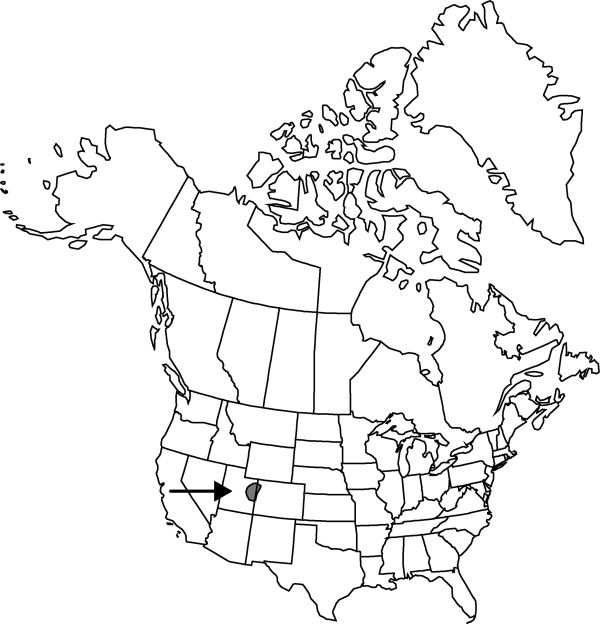Difference between revisions of "Abronia argillosa"
Great Basin Naturalist 40: 78, fig. 1. 1980.
Common names: Clay sand-verbena
Endemic
FNA>Volume Importer |
imported>Volume Importer |
||
| (5 intermediate revisions by 2 users not shown) | |||
| Line 8: | Line 8: | ||
}} | }} | ||
|common_names=Clay sand-verbena | |common_names=Clay sand-verbena | ||
| + | |special_status={{Treatment/ID/Special_status | ||
| + | |code=E | ||
| + | |label=Endemic | ||
| + | }} | ||
|basionyms= | |basionyms= | ||
|synonyms= | |synonyms= | ||
| Line 32: | Line 36: | ||
-->{{#Taxon: | -->{{#Taxon: | ||
name=Abronia argillosa | name=Abronia argillosa | ||
| − | |||
|authority=S. L. Welsh & Goodrich | |authority=S. L. Welsh & Goodrich | ||
|rank=species | |rank=species | ||
| Line 46: | Line 49: | ||
|publication title=Great Basin Naturalist | |publication title=Great Basin Naturalist | ||
|publication year=1980 | |publication year=1980 | ||
| − | |special status= | + | |special status=Endemic |
| − | |source xml=https:// | + | |source xml=https://bitbucket.org/aafc-mbb/fna-data-curation/src/2e0870ddd59836b60bcf96646a41e87ea5a5943a/coarse_grained_fna_xml/V4/V4_124.xml |
|genus=Abronia | |genus=Abronia | ||
|species=Abronia argillosa | |species=Abronia argillosa | ||
Latest revision as of 21:56, 5 November 2020
Plants perennial. Stems arising from branched caudices, ascending to erect, few branched, elongate, glabrous. Leaves: petiole 1–3 cm; blade elliptic to obovate, 1.5–3.5 × 0.3–1.5 cm, margins entire to ± repand and undulate, surfaces glabrous. Inflorescences: peduncle longer than subtending petiole; bracts ovate to orbiculate, 7–15 × 6–15 mm, scarious, glandular-puberulent; flowers 15–20. Perianth: tube white to greenish, 10–15 mm, limb white, 5–7 mm diam. Fruits narrowly fusiform, 7–10 × 3–4 mm, scarious; wings absent.
Phenology: Flowering spring–summer.
Habitat: Clay soils, desert scrub to pinyon-juniper woodlands
Elevation: 1300-1900 m
Discussion
Selected References
None.
Lower Taxa
None.
